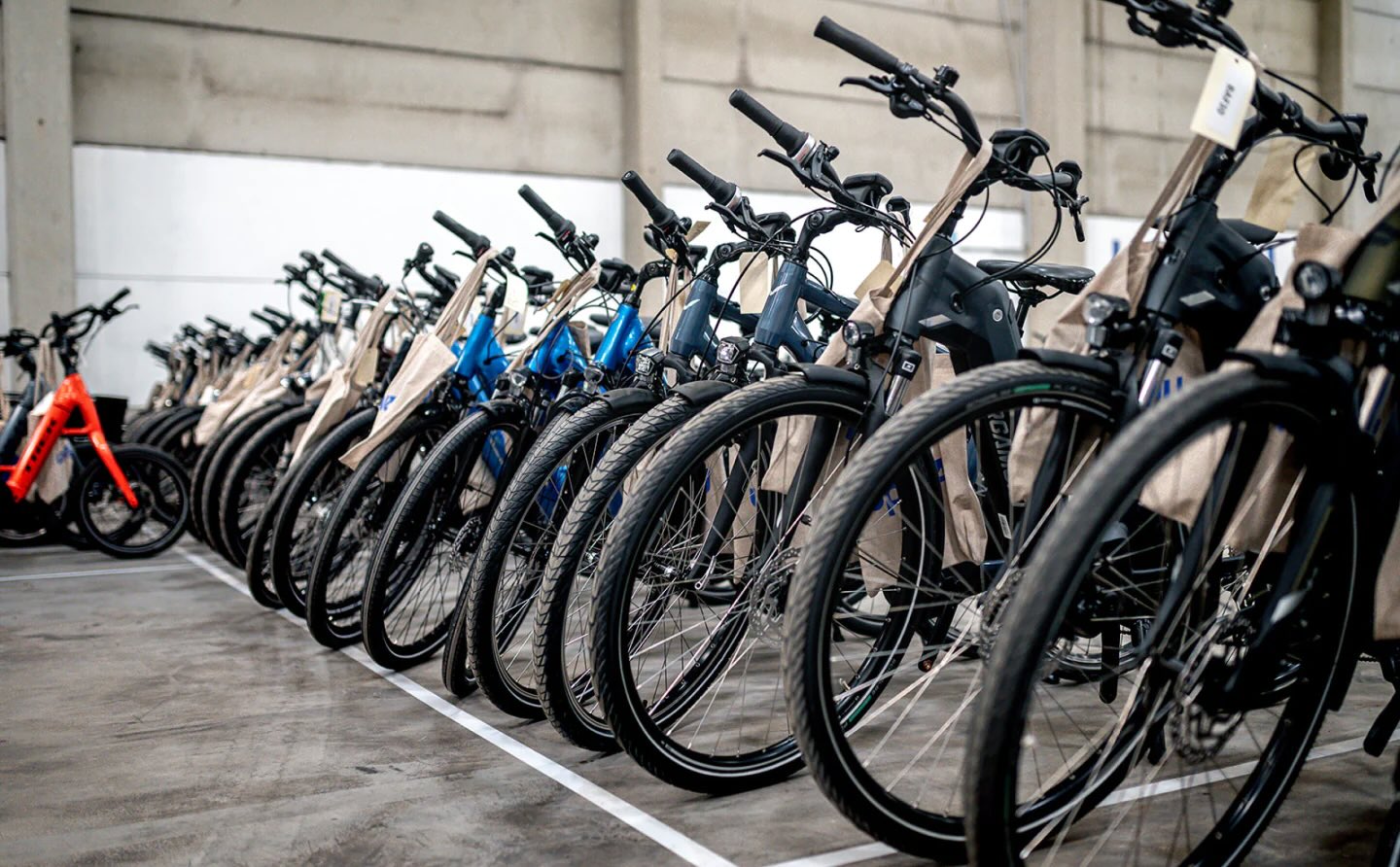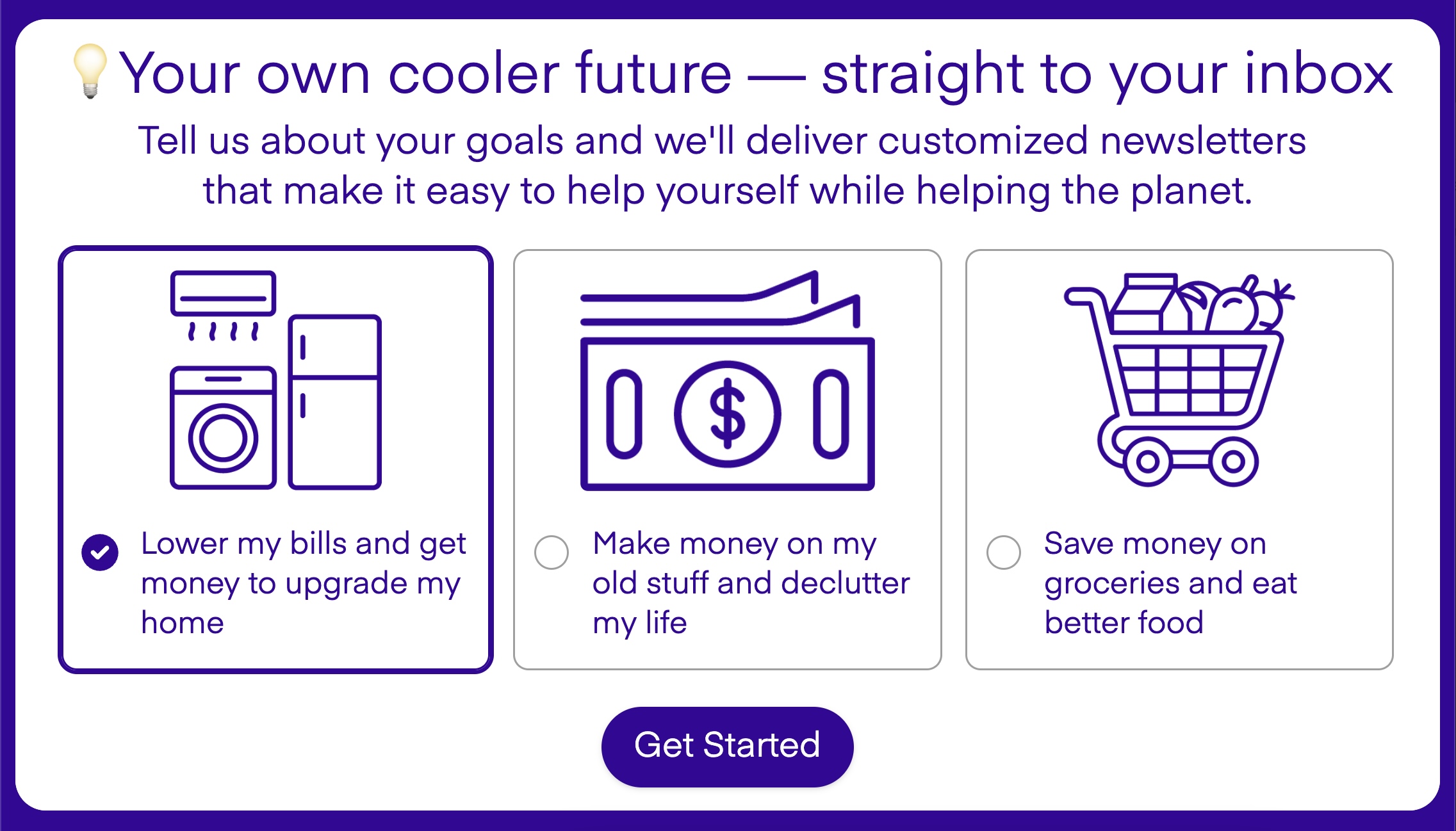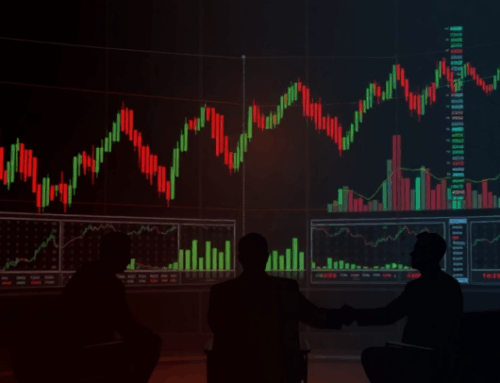Experts raise concerns that new US policy could bring energy price hikes to consumers: ‘Un
May 4, 2025
The Trump administration plans to impose tariffs of up to 3,521% on solar panels imported from four Southeast Asian countries.
Energy experts are concerned that the high tariffs will hurt solar producers in the U.S. because of broader price hikes on imported cells and panel assembly.
What’s happening?
As The Guardian reported, trade officials in the U.S. are ready to enforce tariffs on companies in Cambodia, Vietnam, Malaysia, and Thailand.
Since Cambodian companies didn’t cooperate with a U.S. solar panel investigation, they face the highest tariffs of 3,521%. Last year, a group of U.S. solar panel makers accused Chinese companies with factories in these four countries of flooding the market with low-cost, subsidized products.
Meanwhile, solar products in Thailand face 375% tariffs, while Malaysian-made products from a Chinese manufacturer face 41% tariffs.
The news of these high solar panel tariffs raises concerns about the future of energy security.
Approximately 60 countries recently attended a summit to discuss energy security amid changes to the world and disruptions to the energy supply. The head of the International Energy Agency, Fatih Birol, said that energy security relies upon supply diversification, political predictability, and global cooperation.
Birol said the recent trade war has caused “uncertainty which will affect demand for oil and gas for some time to come.”
Why are solar panel tariffs important?
Solar panel tariffs are concerning because they impact the American solar industry and residential and business consumers.
In theory, tariffs aim to support and protect domestic manufacturers by making them more competitive against foreign companies. However, tariffs can also increase the price of supplies domestic manufacturers need to make their own products, and these costs often get passed on to customers.
TCD Picks » Upway Spotlight
????Upway makes it easy to find discounts of up to 60% on premium e-bike brands
Overall, higher solar panel prices could reduce demand for clean energy and overshadow their long-term cost savings and environmental benefits.
Tariffs that cause global supply chain issues can raise costs for everyone involved in the solar industry and trigger trade disputes between countries.
What’s being done to keep solar panels affordable?
With tariff price hikes looming, now is an ideal time to take action on your solar system upgrade.
Unbiased solar comparison sites such as EnergySage can help you quickly compare estimates and find trusted local installers. There are also thousands of dollars in tax incentives that you can pursue to offset the upfront cost of a solar commitment.
One option is portable solar panels, which can reduce the price of solar energy while saving you money on utility bills and contributing less household pollution to the environment.
Community solar programs are also available and an excellent option for an affordable transition to solar.
Looking ahead, the International Trade Commission, a U.S. government agency, plans to vote on a final decision about the Southeast Asian tariffs in June. Until then, the proposed tariffs have not yet gone into effect.
Join our free newsletter for good news and useful tips, and don’t miss this cool list of easy ways to help yourself while helping the planet.
Search
RECENT PRESS RELEASES
Related Post















